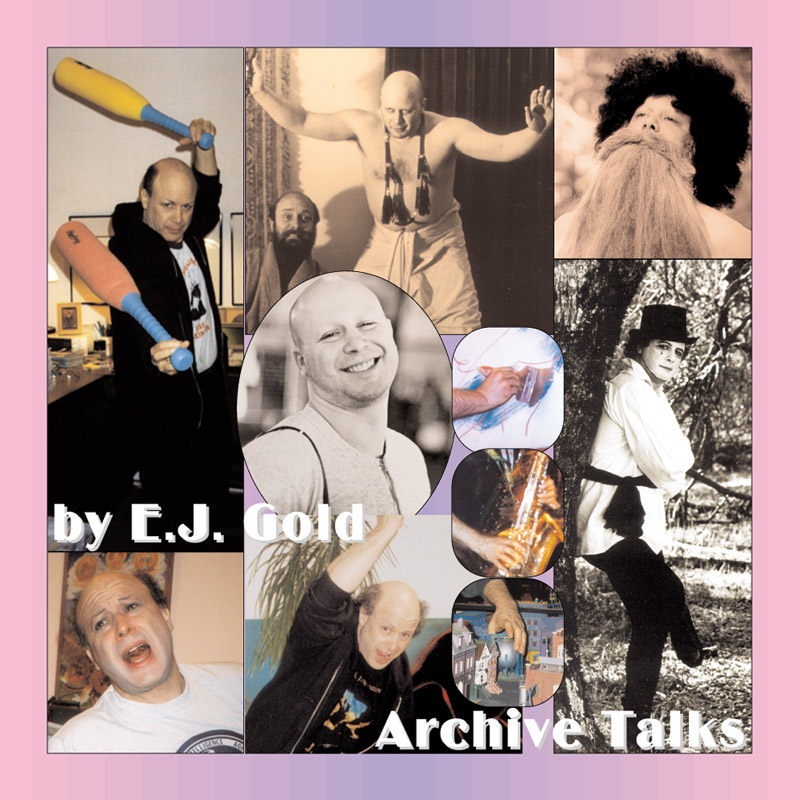

CDT384
Drawing a Tree Exercise #2
Synopsis
The talk revolves around personal experiences in animation, art education, and the creative industries. It discusses the speaker's involvement with *Rocky and Bullwinkle*, art schooling at Otis, disillusionment with academic art instruction, challenges in the art and entertainment industries, and efforts to establish an independent artistic career. The themes of creative integrity, industry gatekeeping, and alternative paths for artists emerge strongly, alongside humorous and insightful anecdotes about past collaborations and unconventional techniques.
Summary
The speaker begins by recounting involvement in the animation industry, specifically with *Rocky and Bullwinkle*, and the transition of voice work among various actors. They then chronicle their time at Otis Art Institute, describing dissatisfaction with rigid drawing instruction taught by animation professionals, leading to mediocre grades. Connections to industry veterans like Sam Clayberger and Alan Zaslow shaped their early instruction, though the speaker rebelled against the conventional teaching methods.
The conversation then shifts to broader reflections on art education's purpose, suggesting that university-level art classes primarily produce instructors rather than working artists. A pivotal moment occurs when the speaker clashed with the head of the sculpture department over Mussolini's legacy, signaling their deeper disenchantment with academia. Their independent art career soon took off after being expelled, leading to early exhibitions that gained critical success.
Further discussions cover challenges within the fine arts market, particularly in how major talent agencies controlled media opportunities, leaving little room for independent creativity. They reflect on the monopolization of art markets by exclusivist institutions and the influence of the gay community in curating high art spaces, ultimately concluding that established art channels were impenetrable without insider access. As a result, they embraced alternative marketing and guerrilla art methods to sustain their career.
The talk also covers typography, lettering styles, and the speaker’s history with balloon lettering in advertising and album cover design. Early attempts to break into television with projects like *Poindexters in Paradise* failed due to industry gatekeeping, reinforcing their commitment to independent creative pursuits.
Finally, the discussion touches on the importance of negative space, chiaroscuro, and chaotic approaches in art-making, with a strong emphasis on viewing artistic expression beyond traditional confines. The overarching lesson is one of persistence, adaptation, and embracing alternative pathways to artistic fulfillment outside rigid institutional structures.
Keywords & Key Phrases
- *Rocky and Bullwinkle*
- *Jim Carmichael*
- *Paul Freese as the Mel Blanc alternative*
- *Gamma Studios, Mexico City*
- *Animation training vs. fine art*
- *Otis Art Institute*
- *Renzo Fenchi and fascist art*
- *Chiaroscuro and negative space*
- *Guerrilla art*
- *Art market gatekeeping*
- *Balloon lettering*
- *Soft sculpture controversy*
- *MCA and William Morris hegemony*
- *Poindexters in Paradise*
- *Fine art vs. industrial design*
- *Typography in advertising*
- *Media industry monopolies*
- *Chaos as an art method*
Graphic Prompt
A surreal scene blending animation and fine art elements: A large, vintage animation studio with storyboard sketches floating mid-air, transforming into abstract sculptures and typographic balloon letters. A shadowed art gallery looms in the background, guarded by faceless figures in suits blocking the entrance. A character resembling a moose (Bullwinkle-inspired) peers from behind a canvas, while a sculptor works furiously in a graffiti-covered warehouse. The environment should mix 1960s animation aesthetics with contemporary street art textures, evoking themes of artistic struggle and independent creativity.



